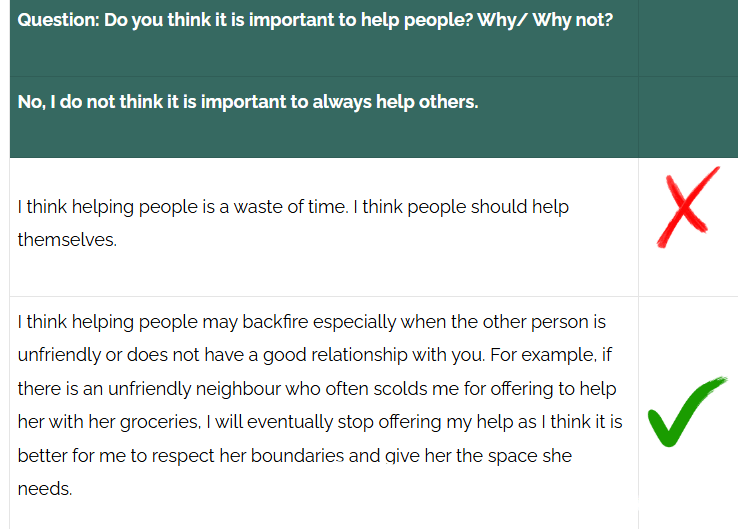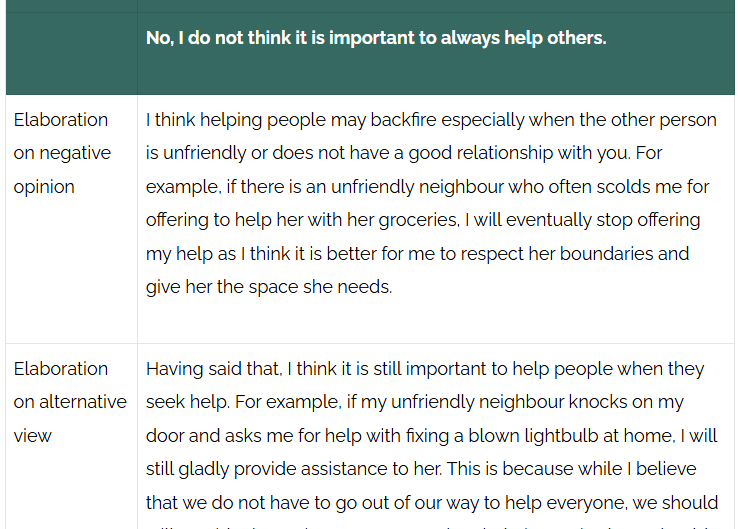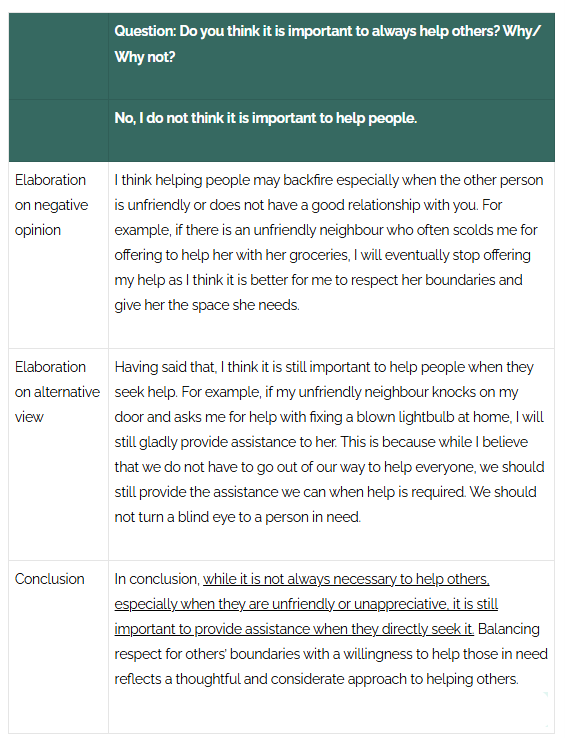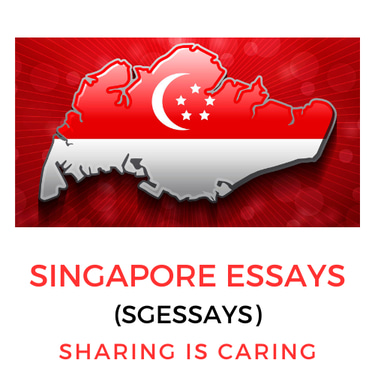2025 P6 Prelim Oral Topics: Essential PSLE Oral Exam Preparation Tips
PSLE ENGLISH ORAL
6/8/20254 min read
In the blink of an eye, it’s almost time for our Primary 6 pupils to sit for their first paper of the PSLE English examination — Oral. As we gear up for this upcoming examination, I am thrilled to share with you a compiled list of the P6 Prelim oral topics and questions from the recent preliminary examinations. In the handout, I have also provided samples of two popular stimulus types that were seen in this year’s preliminary examinations, based on feedback from our students. If you are looking for additional P6 Prelim oral topics or questions to practise with, this resource will definitely be valuable!
Please note that most of the topics/questions in this compilation do not come with the actual stimulus, which may make practising Q1 challenging, as this question is directly linked to the stimulus and requires referencing details from it. However, you can still use Q2 and Q3 for practice since these questions do not require the stimulus references.
I would like to share with you 3 observations that I’ve made based on the topics and questions that were tested this year.
1. A Limited Range of P6 Prelim Oral Topics
Unlike previous years where we saw a wide range of topics being tested, the topics tested were more limited this year. The variety of topics can be categorised into the following:
As you can see from above, the topics tested are based on what is accessible to a 12 year-old, and this is what can be expected in the PSLE too. Although that is the case, it is important to still work on revising relevant vocabulary, gathering relevant stories or experiences and practise verbalising these stories or experiences. Even for a simple question like “Do you think you are a helpful friend?”, it is still possible to get stuck when sharing ideas and personal experiences when one is feeling nervous. Hence, it is always good to be prepared!
2. Two Main Types of Stimulus Tested
This year, I observed two predominant types of stimulus.
Type 1: Stimulus Depicting a Scene
This type of stimulus, featuring a scene (e.g., messy bedroom) with character(s), has gained prominence since appearing in PSLE Oral 2021 Day 1. It is important to note that such stimulus has been tested consistently in the PSLE for the past 3 years and there is a chance that students will encounter it again this year.
As this type of stimulus tends to be more pictorial in nature (with fewer words/ text shown compared to Type 2), students will first need to analyse the stimulus and understand the scene. It is less straightforward to predict what Q1 may be for this type of stimulus. Hence, after students have determined what is going on in the scene, they should proceed to pick out the relevant picture details that support what their idea/ understanding of the scene is.
The shift towards this type of stimulus aligns with the upcoming change in the Stimulus-Based Conversation component for PSLE 2025, where students will encounter a photograph of a real- life scenario. For students taking the PSLE in 2025, it is helpful to start using such stimulus from the previous PSLE papers to practise. Although the stimulus is still pictorial, it is closest to what one can expect to see when the changes are implemented.
Type 2: Stimulus Depicting a Poster (promoting an event/ activity/ a product)
Students should be no stranger to such stimulus. This stimulus type involves an event/activity/ product (e.g., a reusable water bottle) and typically poses a Yes/No question about one’s interest. Compared to Type 1, this stimulus is relatively straightforward, but students should still explain how the poster details encourage or discourage their response rather than just stating the details.
3. Questions Asking for Opinions
Lastly, I have noticed an increase in questions requesting opinions, phrased as “Do you think…?” or “Is it important to…?” These questions appear more frequently for Q2/3.
Remember that there is no single correct answer when it comes to the oral examination. Rather than looking out for a perfect response, examiners are looking at how students are able to express their personal opinions, ideas and experiences clearly and effectively. Every student is entitled to his or her own opinion and it is perfectly fine! It all boils down to how the student elaborates to support his or her opinion.
Having said that, one might ask if it is possible to provide a negative response that may seem controversial for some topics/questions? Yes, it is! However, the student should not say “no” just for the sake of wanting to stand out from the rest of his/her peers. It is still important to ensure that the reasons are logical and that one’s stand is substantiated with personal experiences.
Other than providing logical reasons and relevant personal experiences to substantiate the negative response, it is also possible to discuss both sides when elaborating. When introducing an alternative view or presenting a different perspective, do use words/phrases like ‘However’ , ‘On the other hand’ , ‘Having said that’ to clearly indicate the shift.
By providing both sides, the student can show the examiner that he/she has weighed the options equally before making a decision. However, do note that it is still important to indicate one’s final stand clearly when concluding the answer.
At the end of the day, students should provide an answer that they feel most confident in elaborating. While it is not wrong to offer a negative opinion or consider two sides of the argument, this should only be done when one can support his/her response. Otherwise, it would not be advisable to do this as the student may end up contradicting himself/herself and it will backfire on him/her.
That is all for this year and I hope that these observations are useful for your revision! During the oral examination, remember to pay attention to the question and answer calmly to the best of your ability! We are all behind you! All the best!








